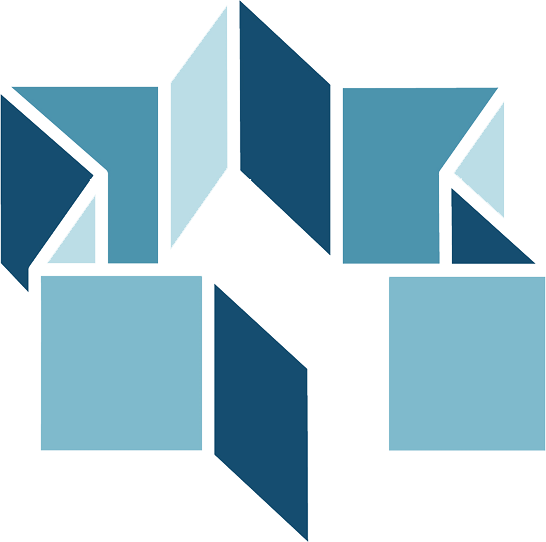PORTRAIT THROUGH THE LENS |
← |
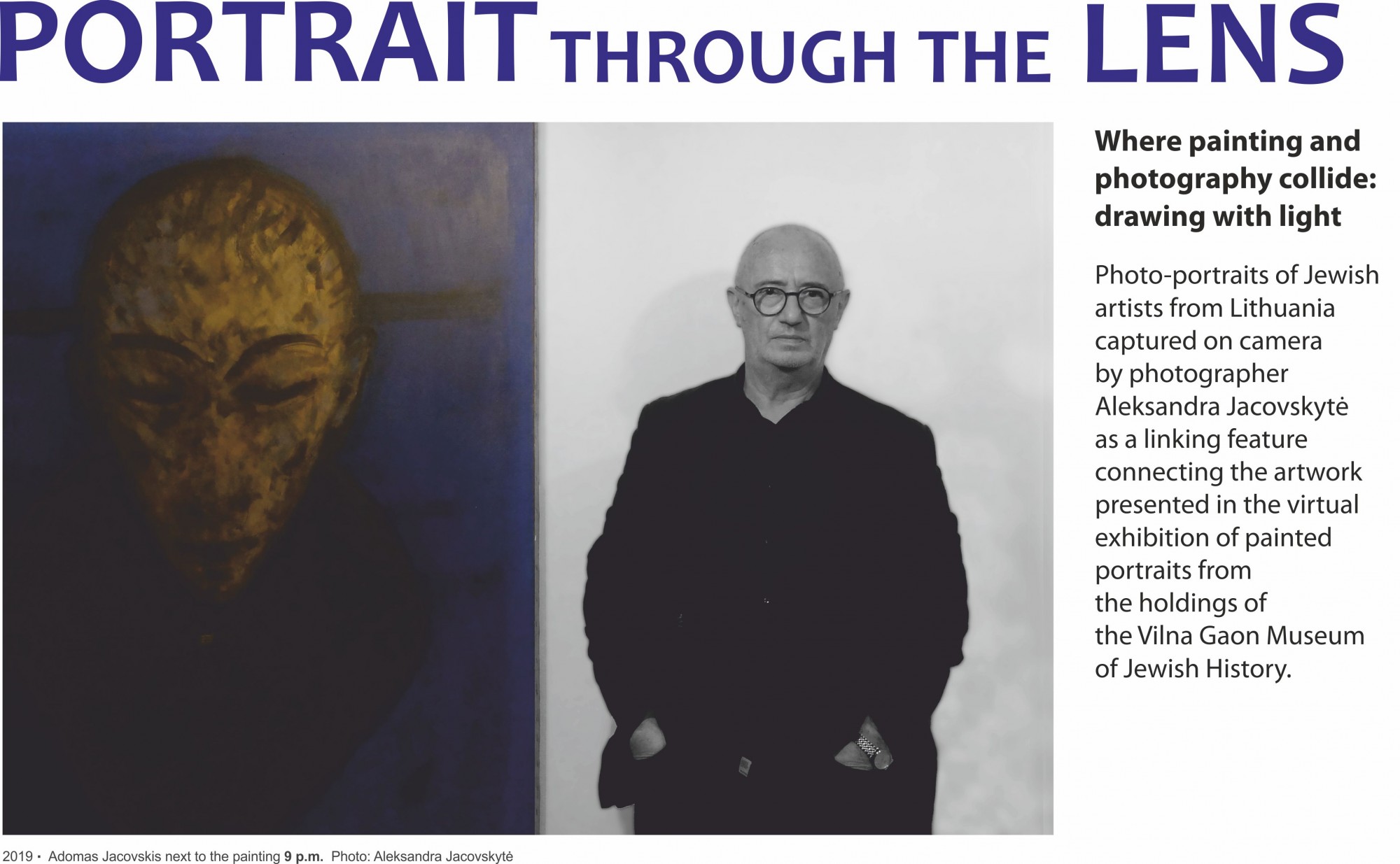 |
| With the appearance of photography – drawing with light (the term originates from two Greek words: photos (light) and graphe (brush)) – it was presupposed that the old arts would gradually leave the stage. Actually, for centuries portraits on canvas or paper, including figure compositions requiring sitters, were created only by skilful artists. However, the forecasts were wrong. The appearance of photography brought the old art techniques to an even newer level, rather than forcing them to disappear. Painters were no longer required to use illustrative imagery and thus gained abundant opportunities to experiment with colour, form and conceptual ideas. Painting of individual figures gained an entirely new meaning. Ideas and innovative approaches became the focus of the artist's attention. Nevertheless, capturing the essence of a personality or 'capturing the soul' remained of key value, at least in the eyes of the viewers discussing portraits. Capturing the essence of the soul remains one of the key objectives when creating and assessing a photo portrait, too. Did the photograph manage to capture the personality of the person who sat for the portrait? When looking at the photographs of people that we know, we often attempt to identify the mood of the person in the photograph and think to ourselves: 'this does not look like him at all' or 'this is truly his real smile and that deep look is so characteristic of him…' The exhibition 'Portrait Through the Lens' has several different layers. First, it presents the Museum's collection of portraits by Lithuanian Jewish artists where most of the portrayed personalities are famous people (composer Anatolijus Šenderovas, writer Jokūbas Josadė), whereas photographs by Aleksandra Jacovskytė portray the authors of the portraits themselves allowing the viewers to wonder whether the camera lens has managed to 'capture the soul' in different periods of their life. Artistic links – drawing with light – bring different generations of Lithuanian Jewish artists and photographers closer together, create connections and common creative points of view. |
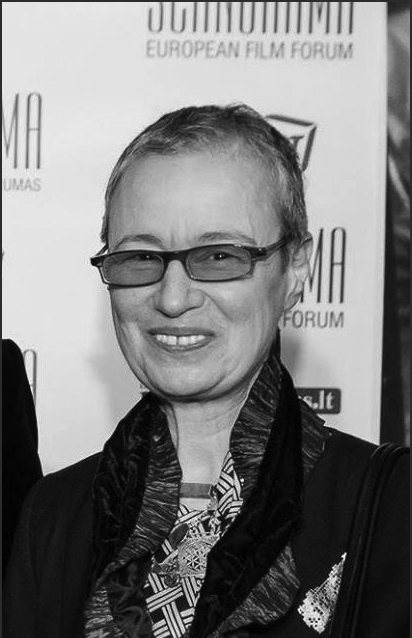 | ALEKSANDRA JACOVSKYTĖ – scenographer, graphic and photo artist. Born in 1945 in Vilnius. She started taking pictures while still a child. In 1970, Aleksandra completed her graphic art and scenography studies at the State Institute of Art of the LSSR (current Vilnius Academy of Arts). She has been taking part in exhibitions since 1973 and has been designing costumes for Lithuanian and foreign theatre and cinema since 1981. In 1994, Aleksandra started working for the Vilna Gaon State Jewish Museum where she curates exhibitions and designs displays. In 2009, she was awarded the Golden Stage Cross. Her artwork can be found in Lithuanian and foreign museums, including private collections. According to Jacovskytė, photography is a form of communication between people. As an artist who takes photographs for aesthetic reasons, it is important to her that the people posing for a photograph remain themselves and stay the way she knows them. The exhibition Portrait Through the Lens presents portraits of Lithuanian Jewish artists and cultural workers through the eyes of Jacovskytė. All of them are members of one big family of artists. Jacovskytė loves the framing technique and pays a lot of attention to details. | |||
Man Ray (1890 - 1976)
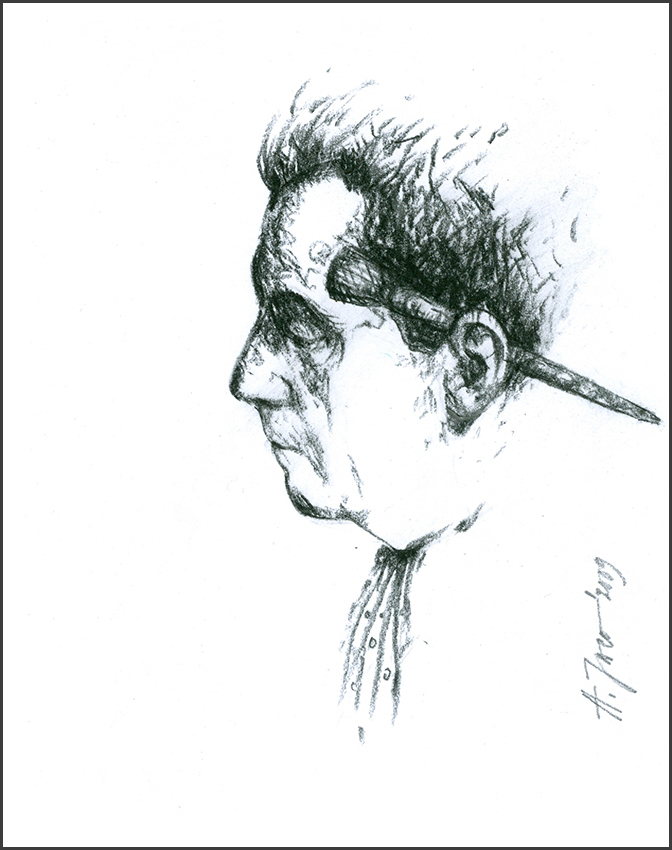 | ||
| Aleksandra Jacovskytė. Man Ray. Pencil on paper . 2009 |
| Photographer, artist and scenographer Jacovskytė draws both 'with light' and pencil. The exhibition presents a portrait, created by Jacovskytė, of Man Ray (USA, 1890–France 1976) – the great pioneer of avant-garde photography – who was born in Pennsylvania into a family of Jewish emigrants from Kaunas. Portraits of Pablo Picasso and Coco Channel, just like the photographs by the Dadaist and surrealist himself, were created during the interwar period. These images became the part of the collections of the Vilna Gaon Museum of Jewish History a few years ago and they have never been publically displayed as the part of the collection before. It was the technique that he invented – rayography – that Jean Cocteau, a French poet, dramatist and painter, first referred to as 'drawing with light'. |
 | ||
| Voilin d‘Ingres. 1924 |
 | ||
| Coco Chanel. 1935 |
 | ||
| Pablo Picasso and His Dog. 1934 |
| The exhibition Portrait Through the Lens combines both types of art allowing us to perceive a portrait or a figure composition on several different levels, that is through the personality of the individual depicted in a portrait (sometimes it is a self-portrait), the self-expression of the artist through a particular figure composition and, finally, the photographic portrait of the artist themselves. The exhibition presents artwork from the Vilna Gaon Museum of Jewish History collection and photographs by Aleksandra Jacovskytė portraying Lithuanian Jewish artists, such as Samuel Bak, Moshe Rozenthalis, Adasa Skliutauskaitė, Augustinas, Raimondas and Ramunė Savickas, Adomas and Jokūbas Jacovskis, Elena Nona Zavadskienė, Solomonas Teitelbaumas. The exhibition also includes a portrait of Jacovskytė painted by Elena Nona Zavadskienė in 1987. |
| Augustinas Savickas (1919 – 2012) |
| Born in Copenhagen in 1919. Died in Vilnius in 2012. Son of the Lithuanian diplomat Jurgis Savickis and Ida Trakiner, a doctor from a Jewish family in Saint Petersburg. Painter, classic of the Lithuanian art, art researcher and art critic. Returned to Lithuania with his mother after his parents got divorced in 1927. In 1939 graduated from the 3rd Gymnasium in Kaunas and got enrolled with the Art School of Kaunas. In 1941–1944 studied painting at the Art School of Moscow. In 1949 graduated from the Vilnius Art Institute. From 1951 was member of the Lithuanian Artists‘ Association and lecturer at the Vilnius Art Institute. Received a number of awards, including the 5th Class Order of the Lithuanian Grand Duke Gediminas (1994) and the National Prize (1999). Lithuanian and foreign museums have a number of his works. The artist’s works can also be found in private collections. |
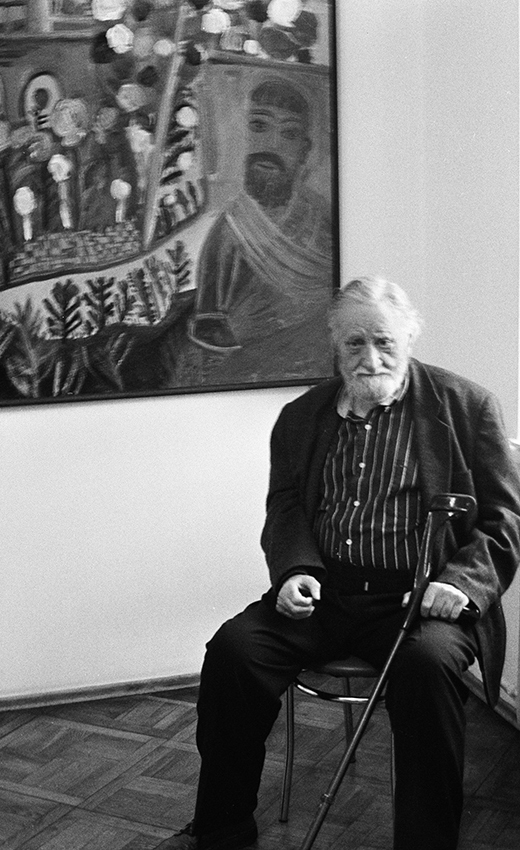 | |
| During the opening of the exhibition in Savickas Art Gallery. 2005 |
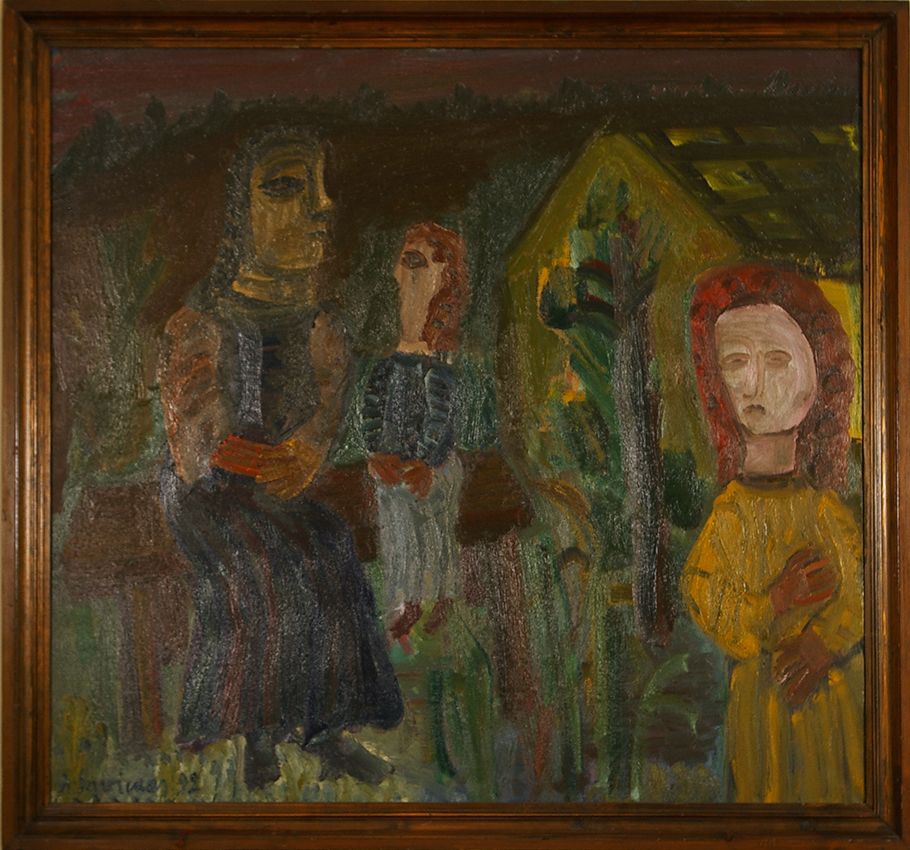 | |
| Family. Oil on canvas, 1992 |
 | 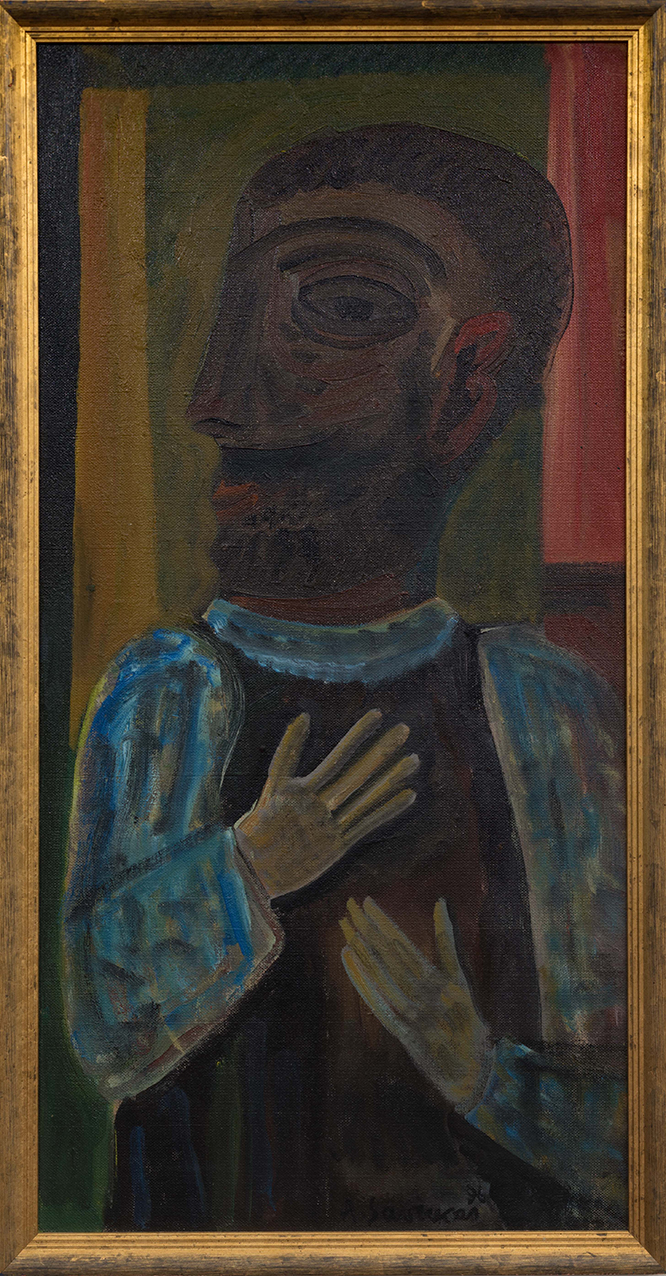 | |||
| Girl with Green Dress. Oil on canvas, 1996 | Sad Jew. Oil on canvas, 1996 |
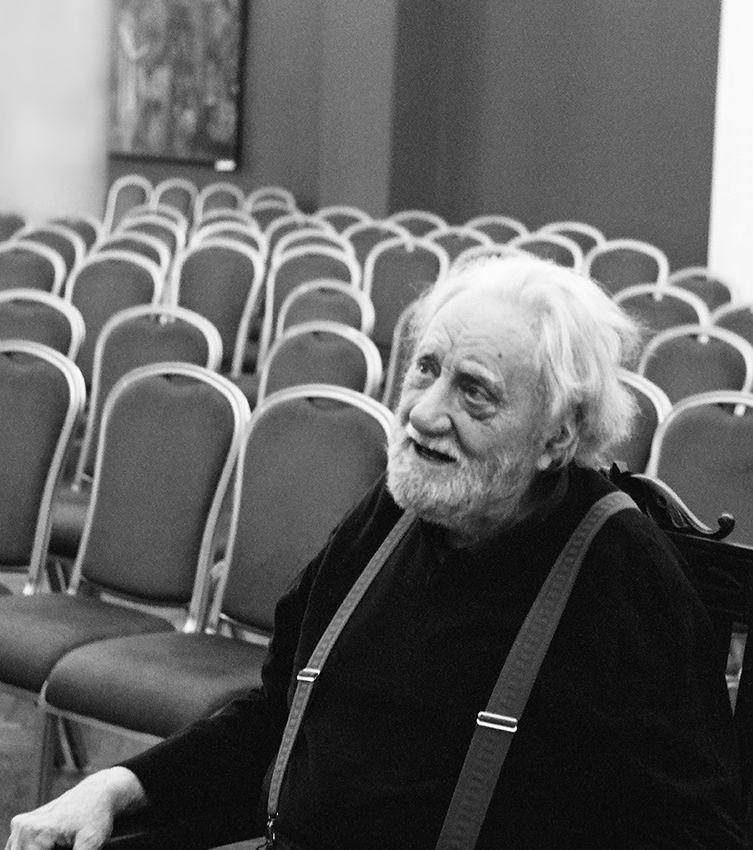 | |
| Augustinas Savickas after the presentation of his book The Green Silence at Vilnius Town Hall. 2009 |
| Raimondas Savickas (g. 1955) |
| Born in Vilnius. Son of Augustinas and Liza Savickai. In 1979 graduated from the Faculty of History of Vilnius University with major in Library Studies. In 1979–1984 worked in the Central Library of Šilalė and Martynas Mažvydas National Library of Lithuania. Studied drawing at the Art School of Vilnius for four years and took lessons with artist Petras Repšys. Studied painting in the studio of his father Augustinas Savickas. From 1988 – member of the Lithuanian Artists‘ Association. Organized over 30 personal exhibitions and took part in more than 50 group exhibitions in Lithuania and abroad. In 1994 established the Savickas Art Gallery and heads it until now. In 2000 opened an art school for adults in his studio, first of its kind in Lithuania. Public activist, member of the LRT Council. Since 2014 has been working as an assistant to the Member of the EU Parliament Petras Auštrevičius. In 2016 awarded with the Cross of the Knight of the Order For Merits to Lithuania. |
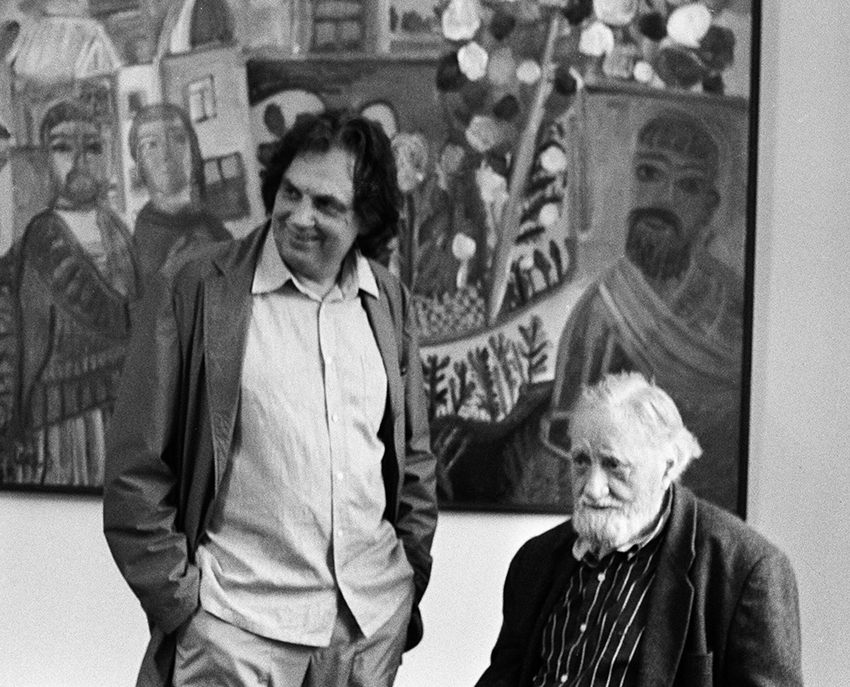 | |
| Raimundas Savickas with his father Augustinas. 2005 |
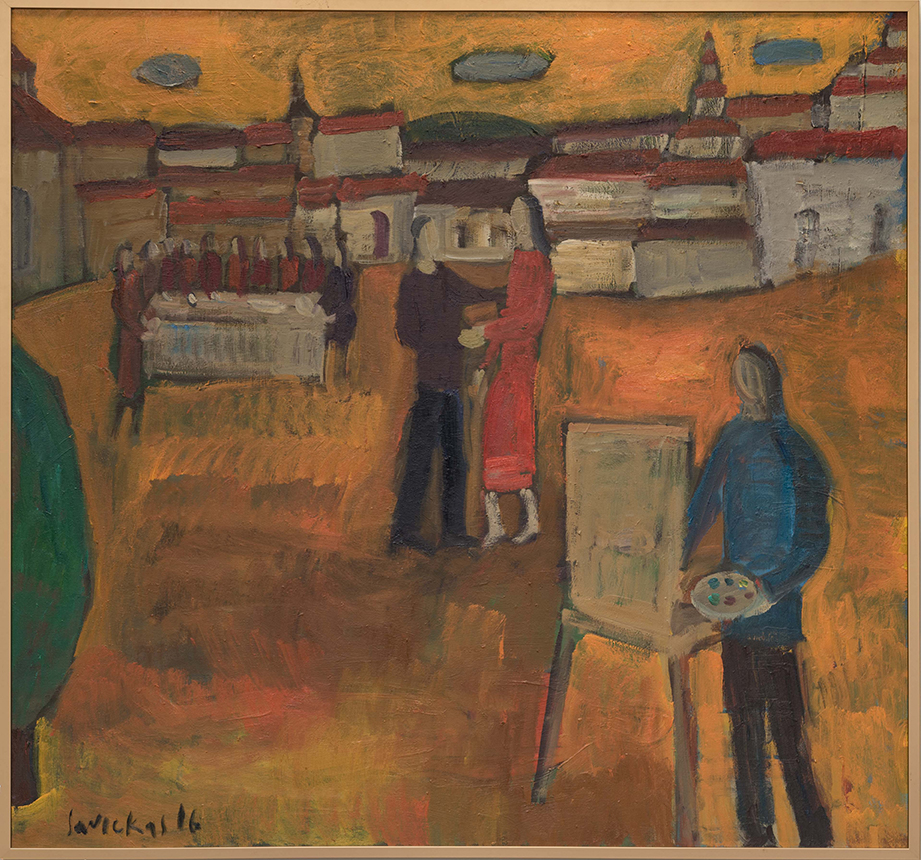 | |
| Artist’s Portrait. Oil on canvas, 2016 |
| Ramunė Savickaitė (g. 1983) |
| Born in Vilnius. Daughter of Raimondas and Birutė Savickai. In 2007 graduated from the Vilnius College of Design with major in Fashion Design. Co-author of the graphic design of the clothing collection ‘LT identity Vilnius 2007’ by Jolanta Rimkutė and Ieva Ševiakovaitė. Since 2009 has been working as a project coordinator at the Savickas Art Gallery. In 2011 graduated from the Savickas Art School. Since 2013 has been taking classes in academic drawing at the studio of Marijus Piekuras. As of 2014 attends lectures at the Art History School (‘Vilnius Auction’). Studies Art History and Theory at the Vilnius Academy of Arts. Actively participates in group exhibitions and international symposiums. |
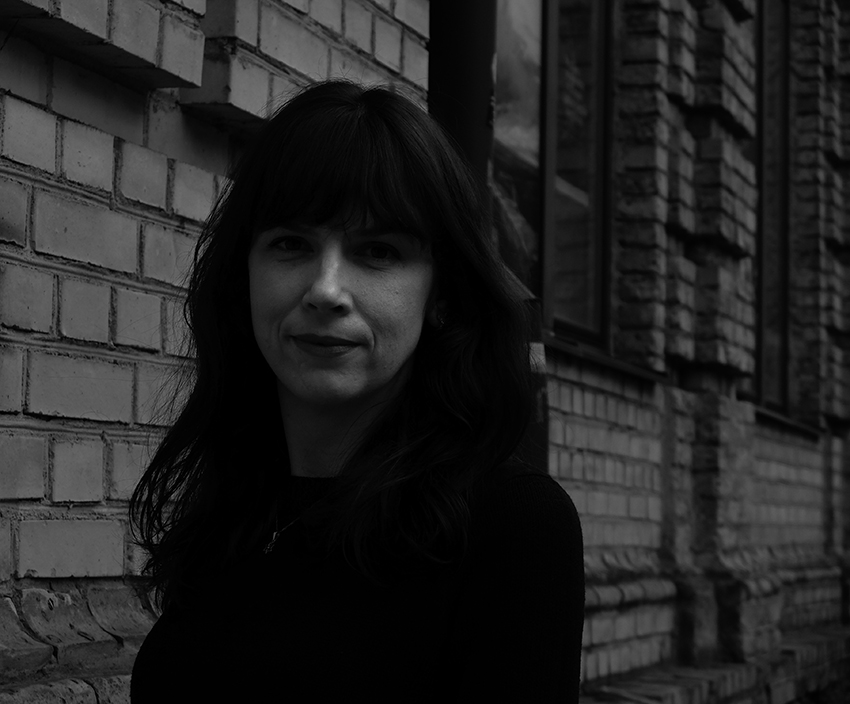 | |
| Next to the Tolerance Center, 2nd of March, 2020 |
 | |
| Grandfather. Oil on canvas, 2015 |
Adomas Jacovskis (g.1948)
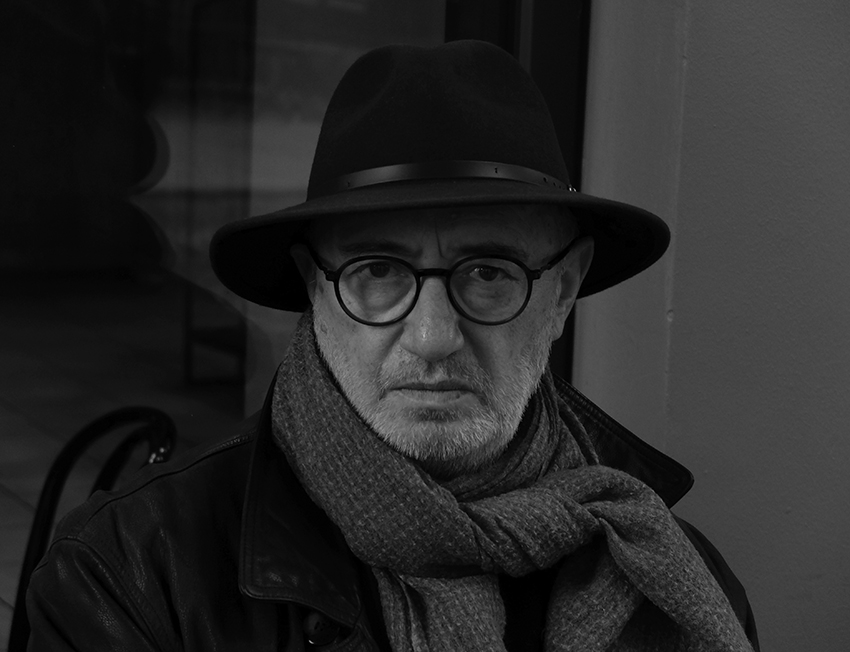 | |
| Autumn, 2019 |
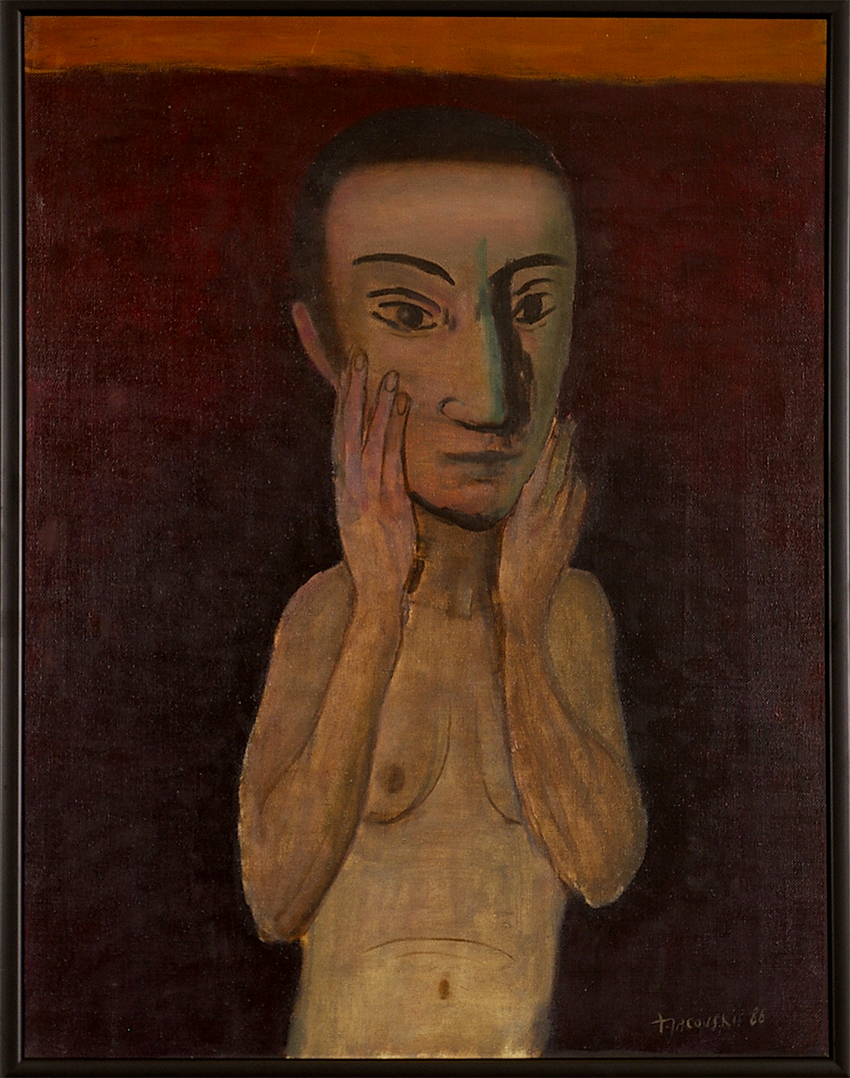 | |
| Woman Against a Dark Background. Oil on canvas, 1988 |
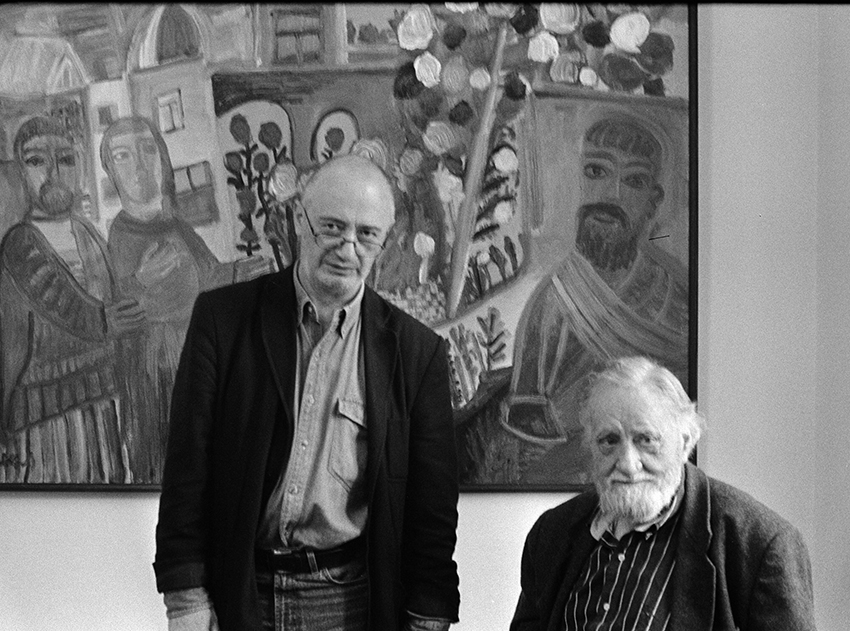 | |
| Adomas Jacovskis at the opening of Augustinas Savickas exhibition at Savickas Art Gallery. 2005 |
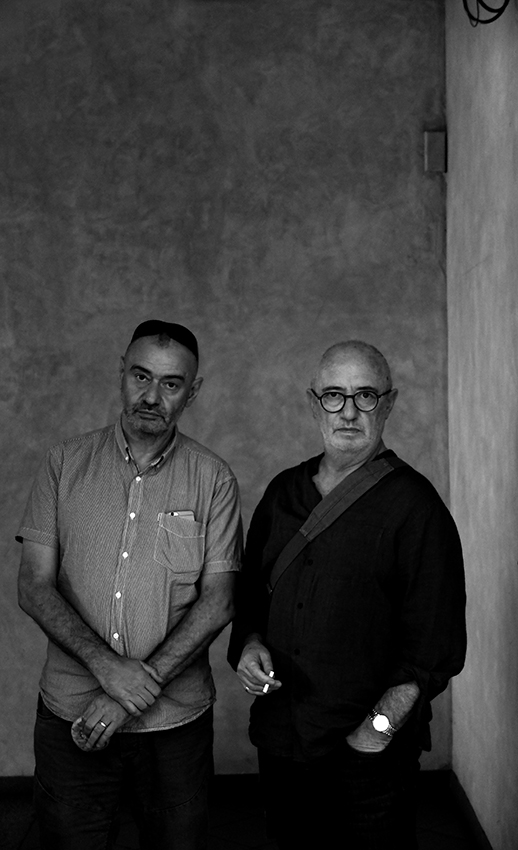 | |
| Adomas and Jokūbas Jacovskis, 2019 |
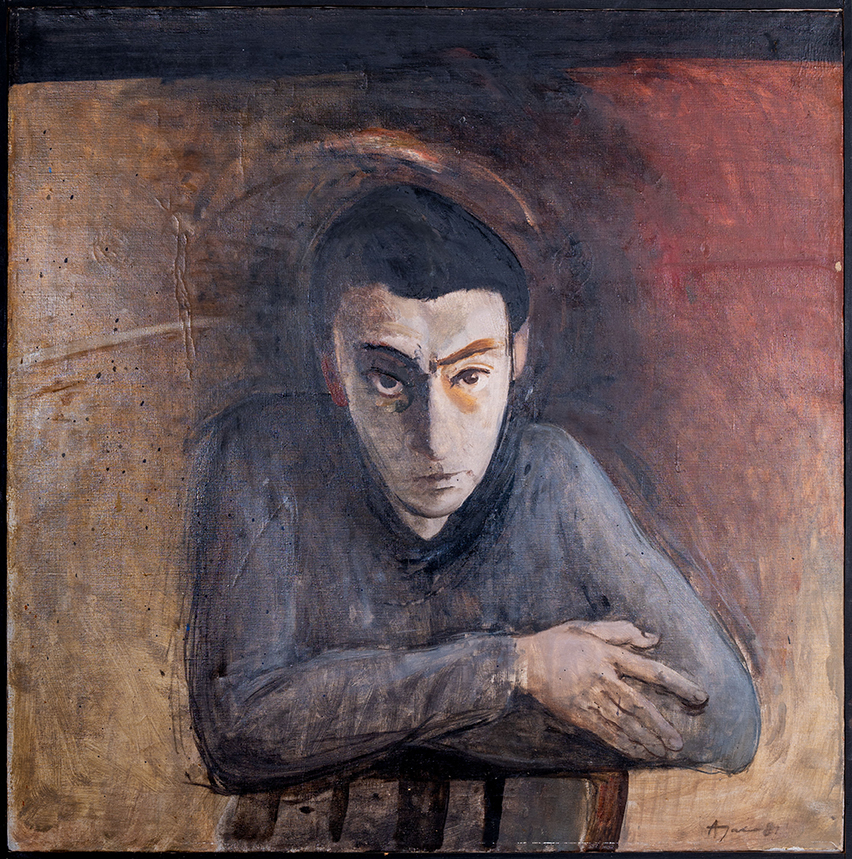 | 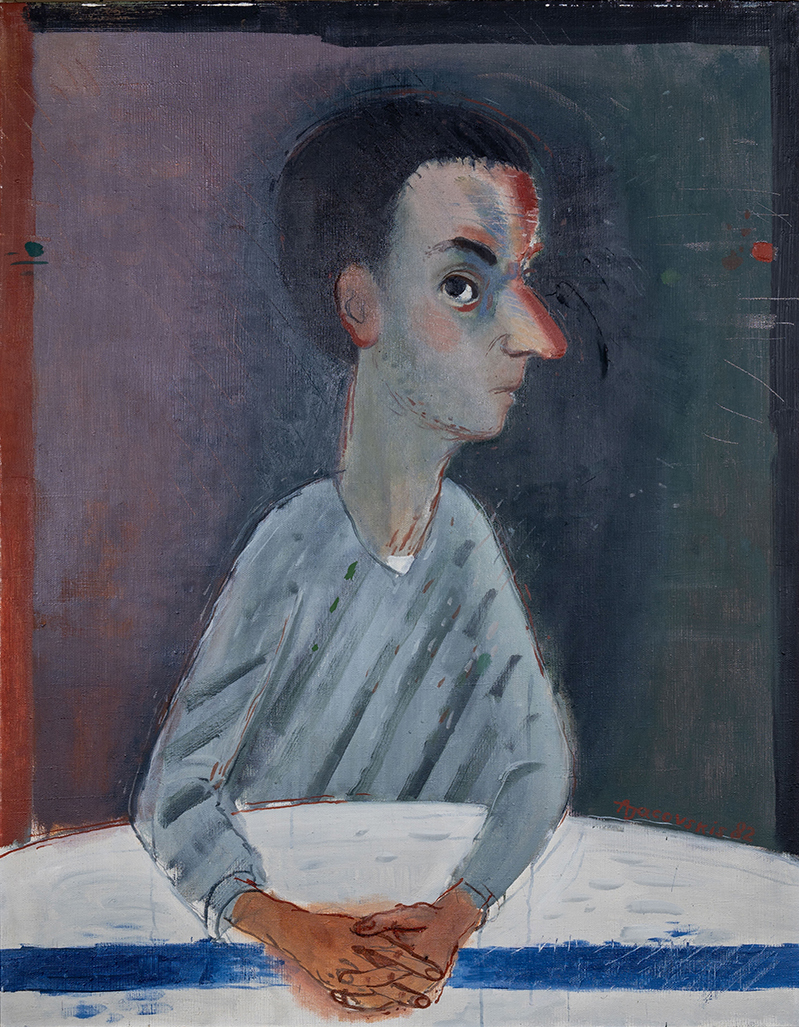 | |||
| Jokūbas. Oil on canvas, 1981 Property of Jokūbas Jacovskis | Jokūbas. Oil on canvas, 1982 |
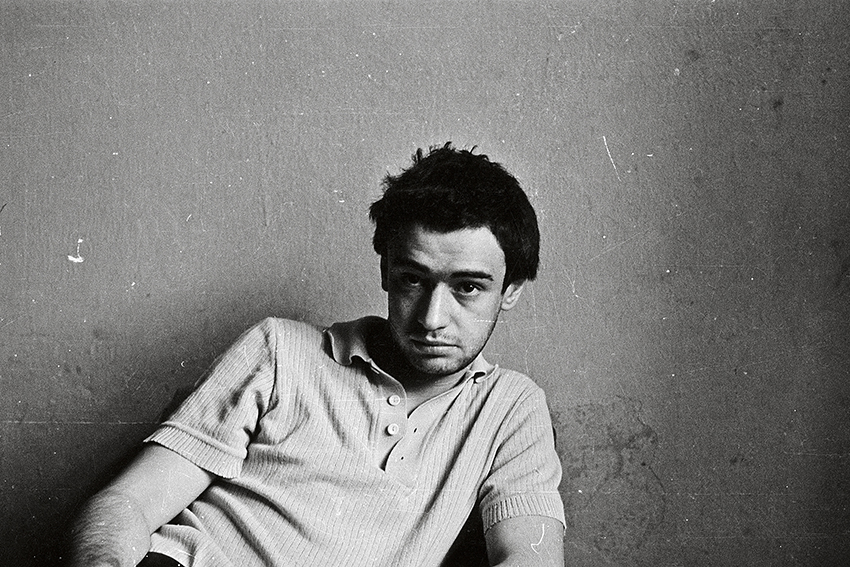 | 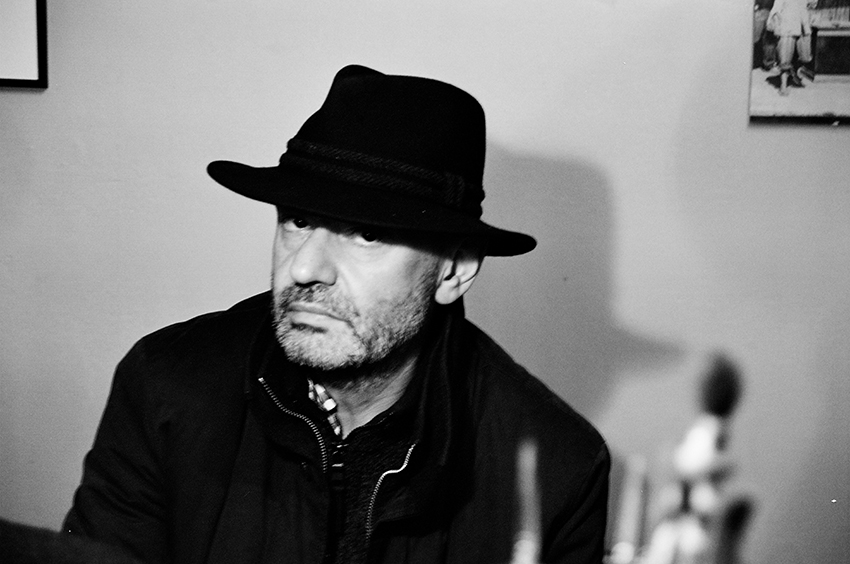 | |||
| Jokūbas Jacovskis. 1985 | Jokūbas Jacovskis. 2016 |
Moshe Rozenthalis (1922 – 2008)
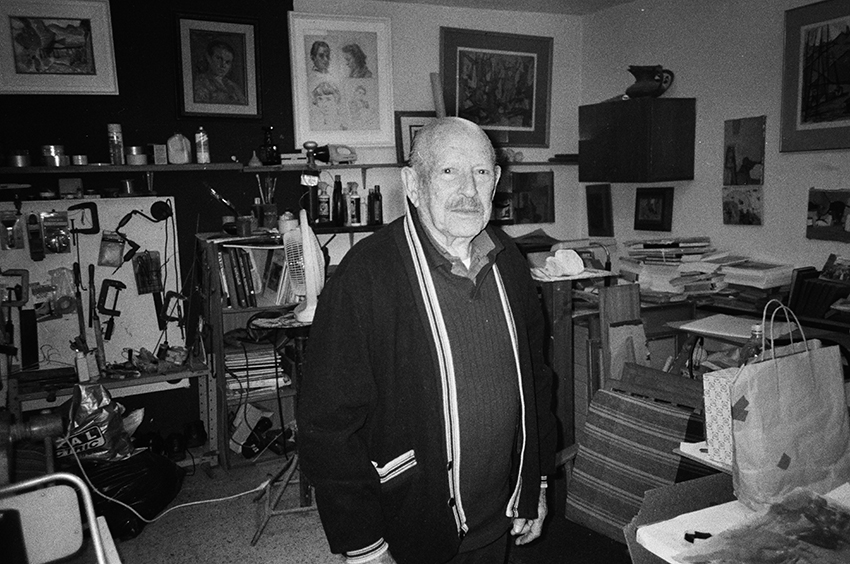 | |
| Moshe Rozenthalis at his studio in Tel Aviv, 2007 |
 | 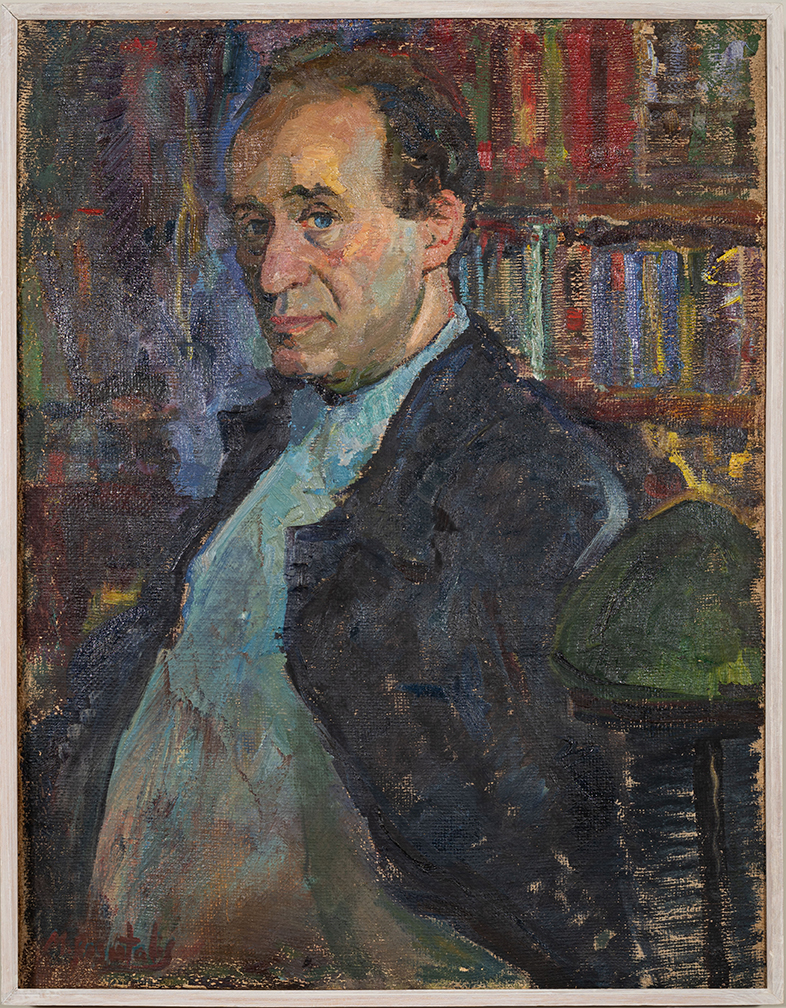 | |||
| Woman’s Portrait. Oil on canvas, 1994 | Portrait of Jokūbas Josadė. Oil on canvas, 1956 |
 | |
| Moshe Rozenthalis with Aleksandra Jacovskytė at his studio in Tel Aviv. 2007 |
Adasa Skliutauskaitė (g. 1931)
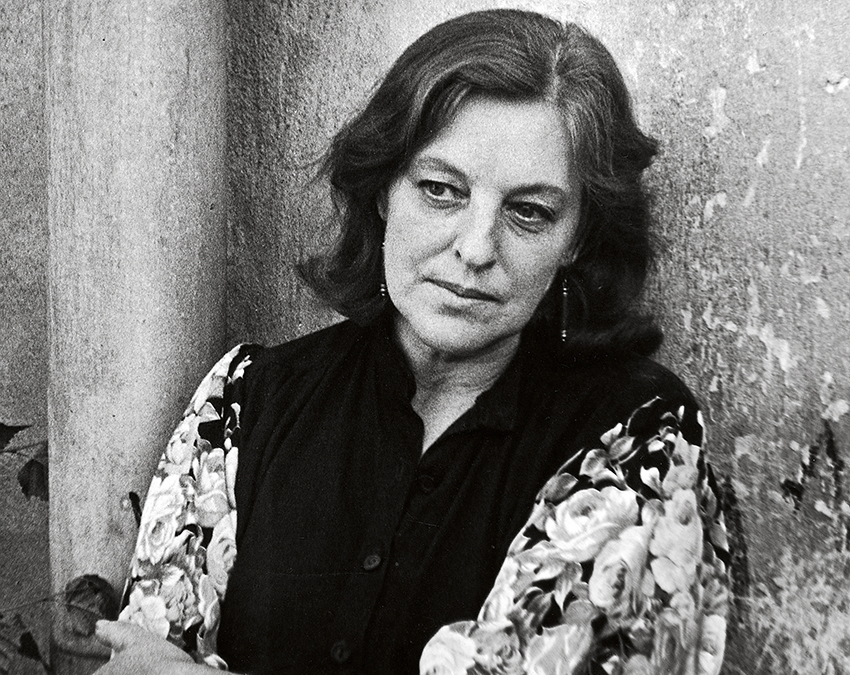 | |
| 1982 |
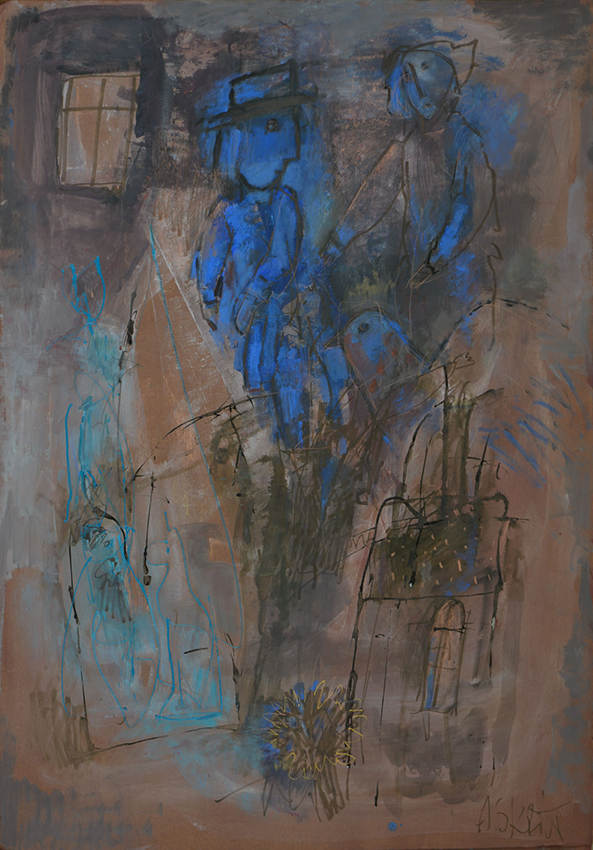 | 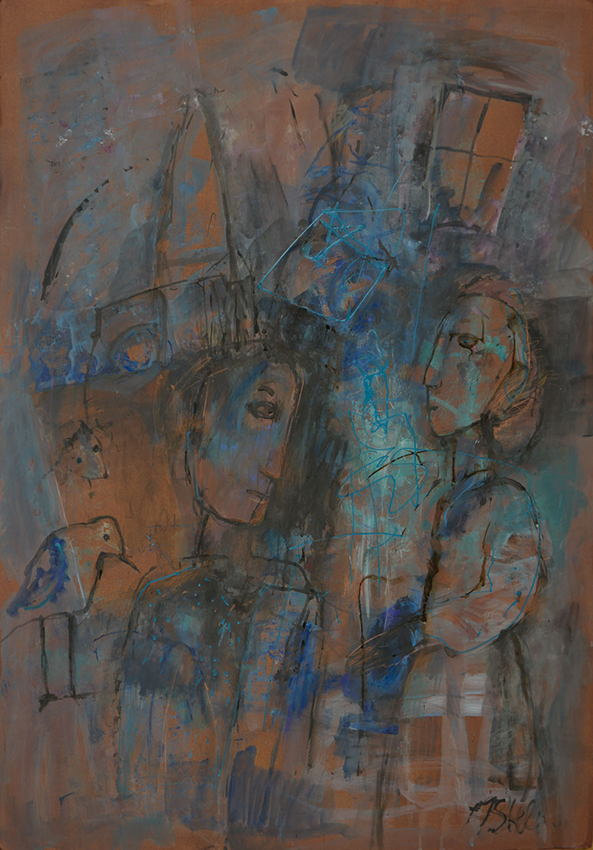 | |||
| Diptic Remembering Chagall I, II. Mix media on paper, 2009 |
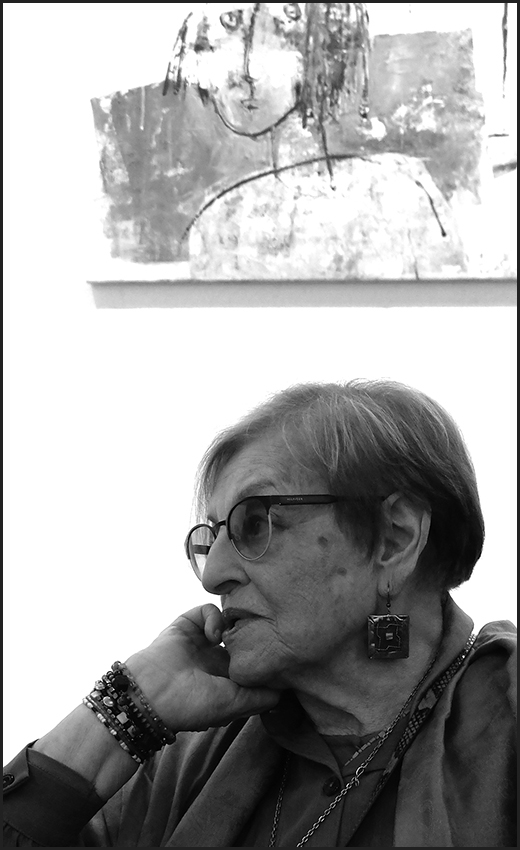 | 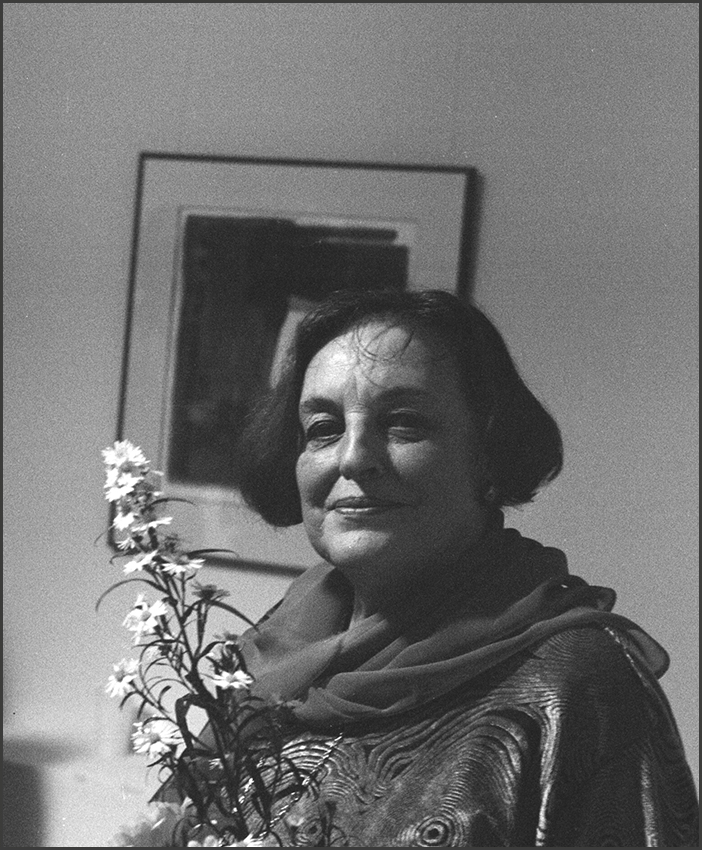 | |||
| Adasa Skliutauskaitė at the opening of the exhibition at AP gallery, 2019 | Adasa Skliutauskaitė at the opening of the exhibition at Arka gallery, 2001 |
Samuel Bak (g.1933)
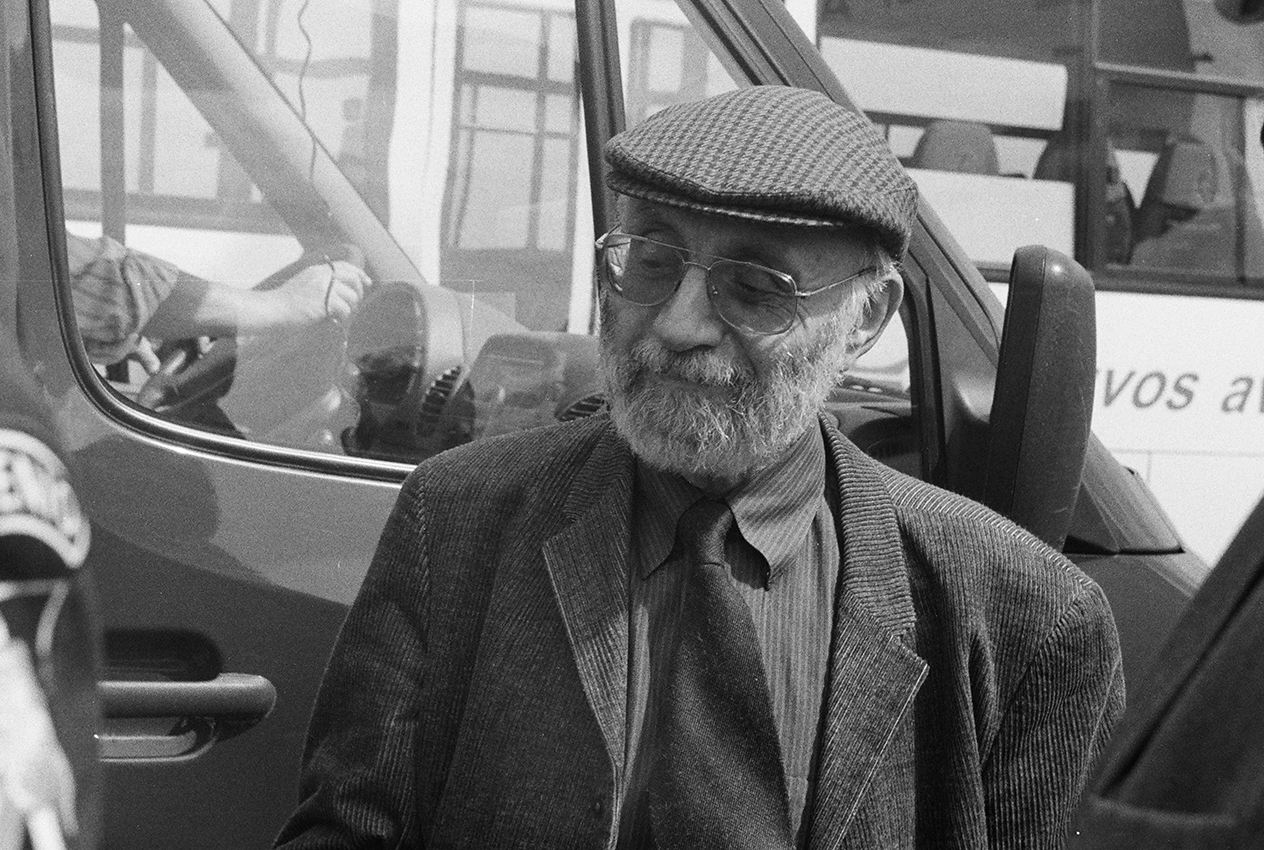 | |
| Visting his hometown first time after after WWII. 2001 |
 | |
| Self-portrait. Pencil on paper, 1945 |
Solomonas Teitelbaumas (g. 1972)
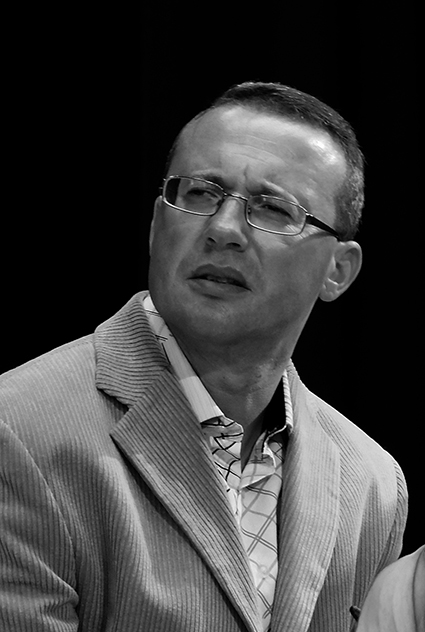 | |
| Solomonas Teitelbaumas at the Laiptai art gallery in Šiauliai, 2019 |
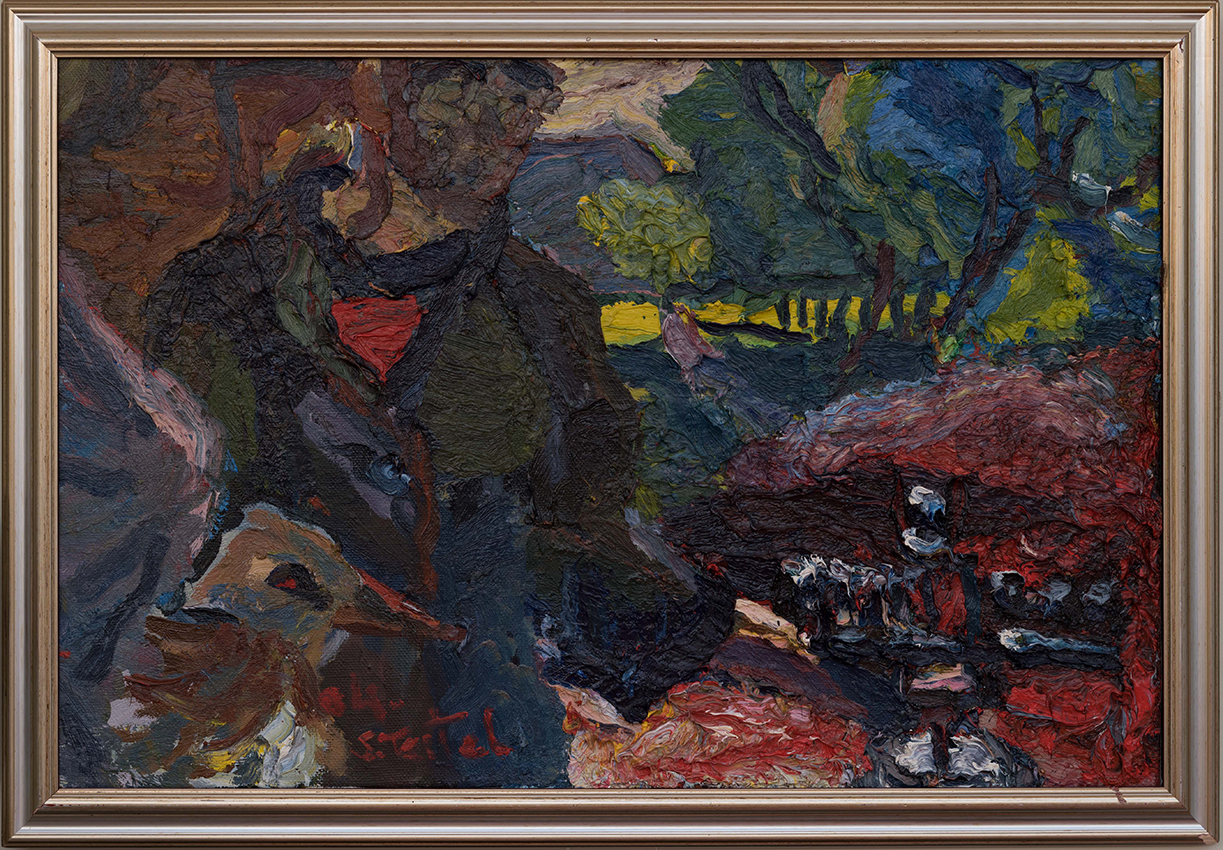 | |
| Self-portrait. Oil on canvas, 2004 |
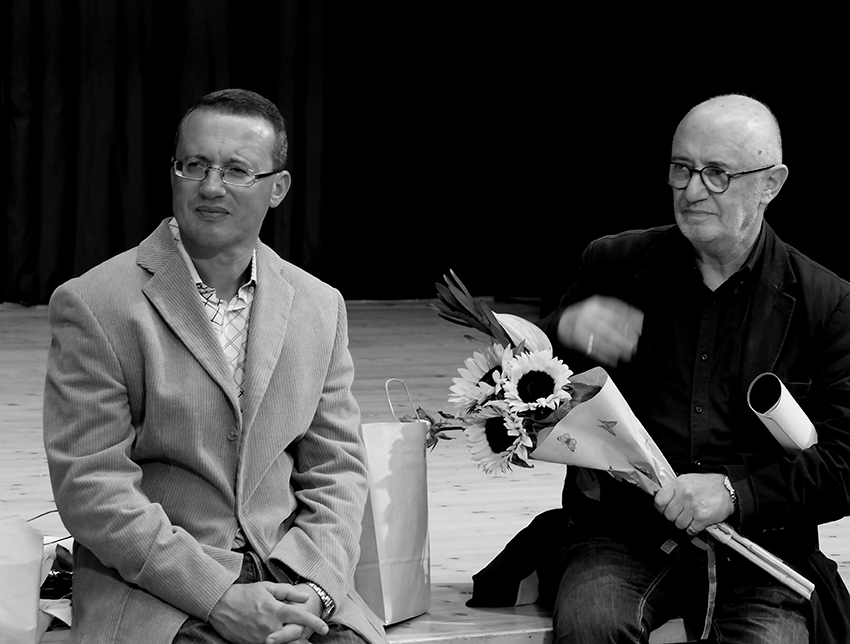 | |
| Solomonas Teitelbaumas with Adomas Jacovskis at the Laiptai Art Gallery in Šiauliai. 2019 |
Elena Nona Zavadskienė (g. 1943)
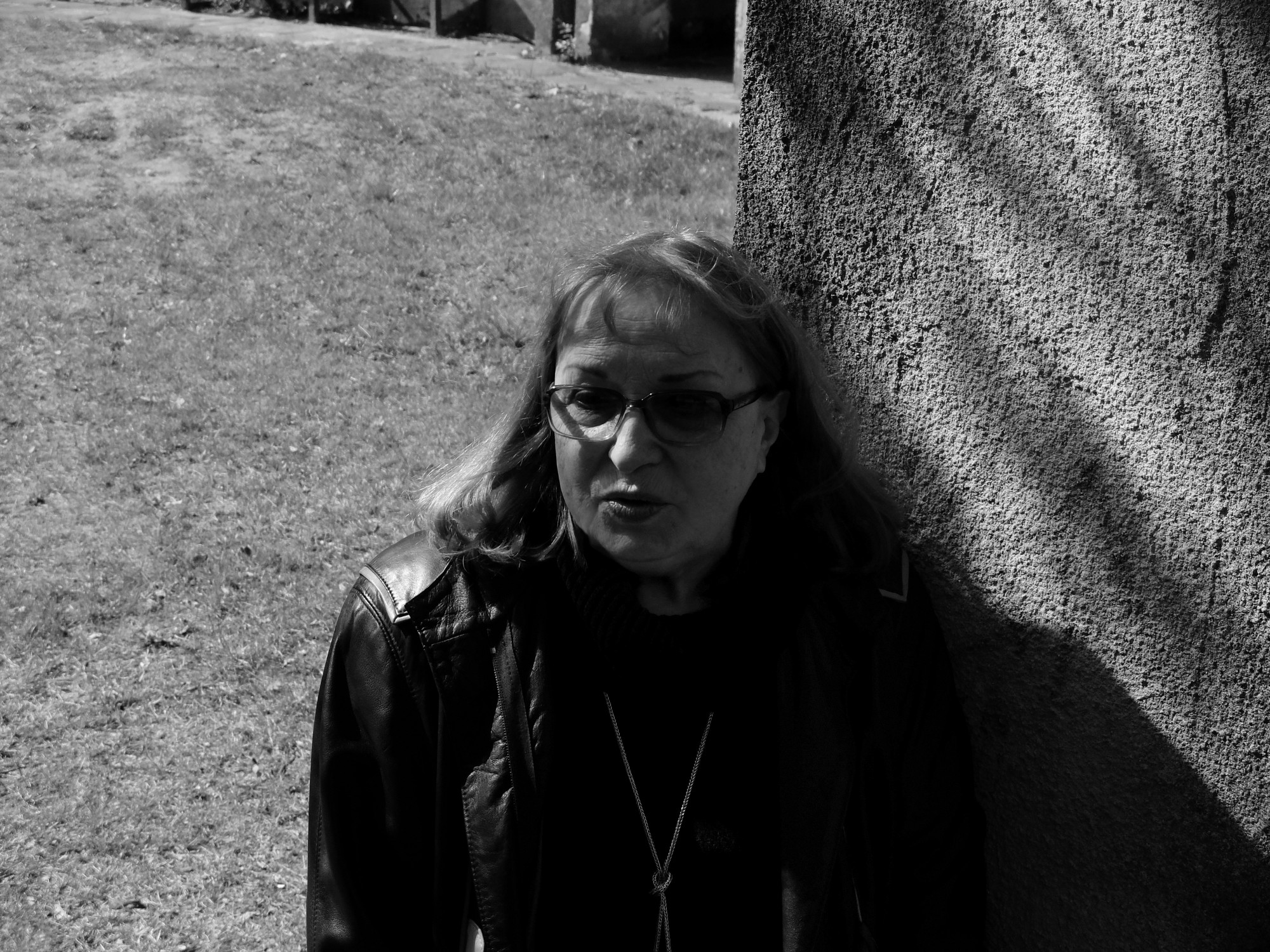 | |
| Elena Nona Zavadskienė in the backyard, 27th of April, 2020 |
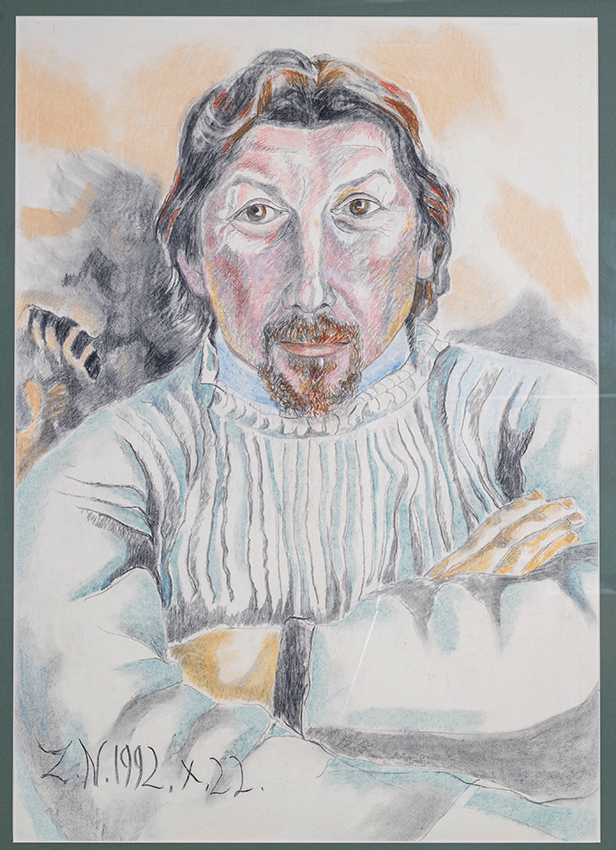 | |
| Portrait of Composer Anatolijus Šenderovas . Pastel on paper, 1992 Property of Elena Nona Zavadskienė |
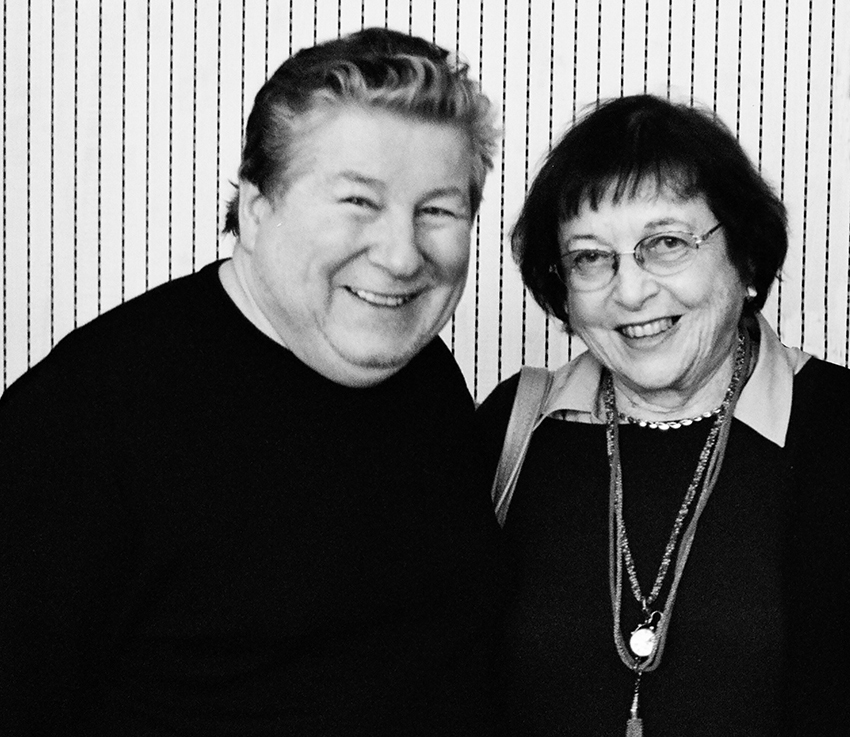 | |
| Composer Anatolijus Šenderovas and culturologist Prof. Irena Veisaitė at Vilnius Book Fair, 2016 |
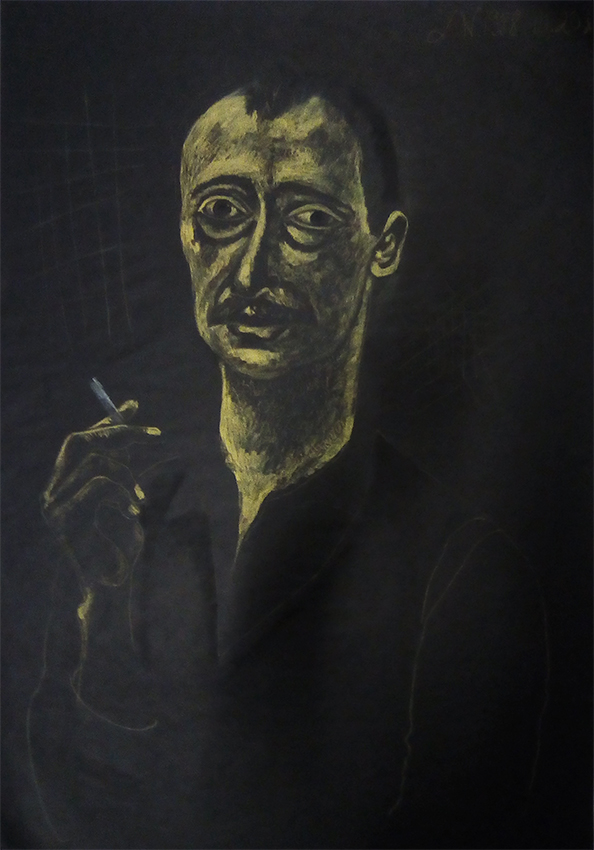 |  | |||
| Portrait of Adomas Jacovskis. Pastel on paper, 1988 | Portrait of Aleksandra Jacovskyte. Oil on canvas, 1987 Property of Elena Zavadskienė |
Text: Ieva Šadzevičienė
Curators: Ieva Šadzevičienė, Irina Nikitina, Aleksandra Jacovskytė
Design: Aleksandra Jacovskytė, Robertas Petravičius
Digital images of the artworks: Paulius Račiūnas
Vilna Gaon Jewish History Museum. 2020
| ↑ | ← |
